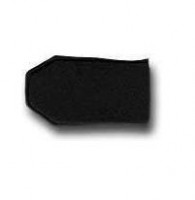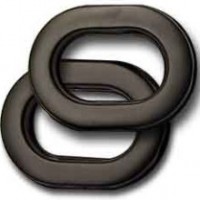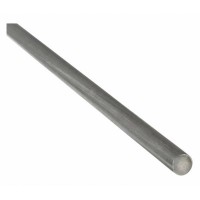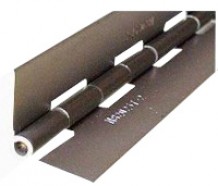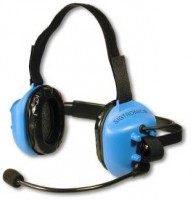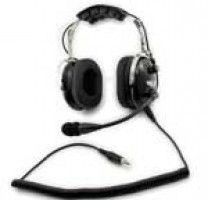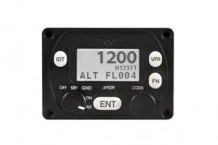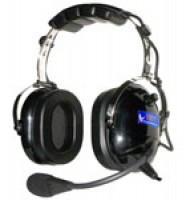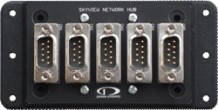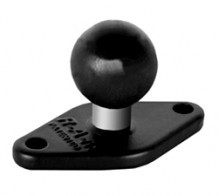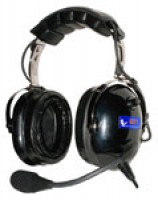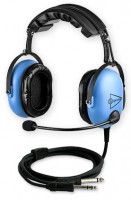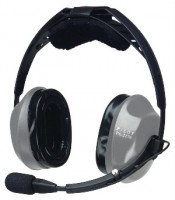Sigtronics S-45 Headset - Helicopter
MFR Model# S-45H
- JUMP TO
- Overview
- Accessories
- Reviews
- Q&A
- View in Catalog
Overview
|
All Sigtronics headsets and intercoms are specifically designed for high-noise environments and are RFI and EMI immune, giving you clear, interference-free transmission even in fabric or composite aircraft or in use with handheld radios. Designed to excel in the noisiest of environments, the S-45 works great in experimental, ultralights, warbirds, helicopters and other high noise aircraft. The S-45 combines our noise canceling M-80 electret microphone with many of the great features of our top-of-the-line S-58 headset series including gel filled ear seals, ultra soft air pillow headband and 24 dB of noise attenuation — all at just 12.2 oz. |
WARNING: Cancer and Reproductive Harm - www.P65Warnings.ca.gov. |
Reviews
As a freshly minted A&P starting a new endeavour rewiring helicopters during major modifications, I needed a personal headset that was good quality and affordable on my limited budget. I chose this headset for both reasons and never regretted the decision. I purchased the headset in 1996 and have taken good care of it over the years. Ive had no issues with the headset at all other than refreshing it with a new Oregon Aero Comfort Kit just due to age of the ear cushions and foam breaking down. For the price and quality of the headset, it is well worth it. David Clark quality at Wal-Mart prices.
Purchased this headset over tTELEX STRATUS 30XTmy warbird GIB. Ugly colour but very good performance. The ear and mic cushions are still in good shape and have outlasted my own headset at over double the cost. I would definitely purchase again.
Q&A
Please note, Aircraft Spruce's personnel are not certified aircraft mechanics and can only provide general support and ideas, which should not be relied upon or implemented in lieu of consulting an A&P or other qualified technician. Aircraft Spruce assumes no responsibility or liability for any issue or problem which may arise from any repair, modification or other work done from this knowledge base. Any product eligibility information provided here is based on general application guides and we recommend always referring to your specific aircraft parts manual, the parts manufacturer or consulting with a qualified mechanic.


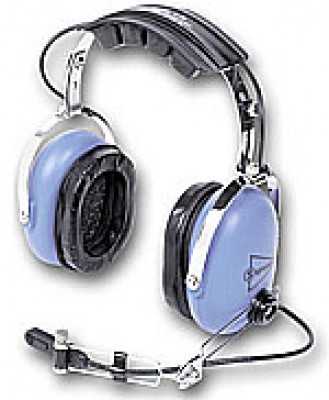





 FREE Shipping
FREE Shipping
